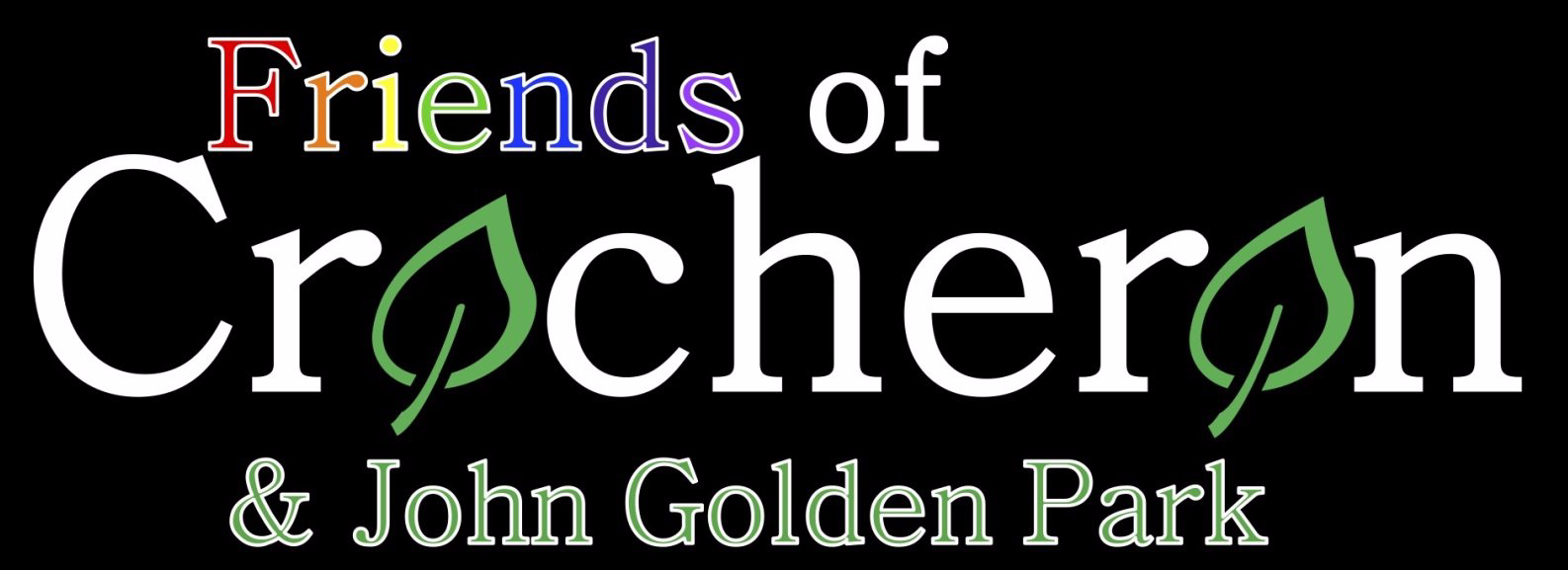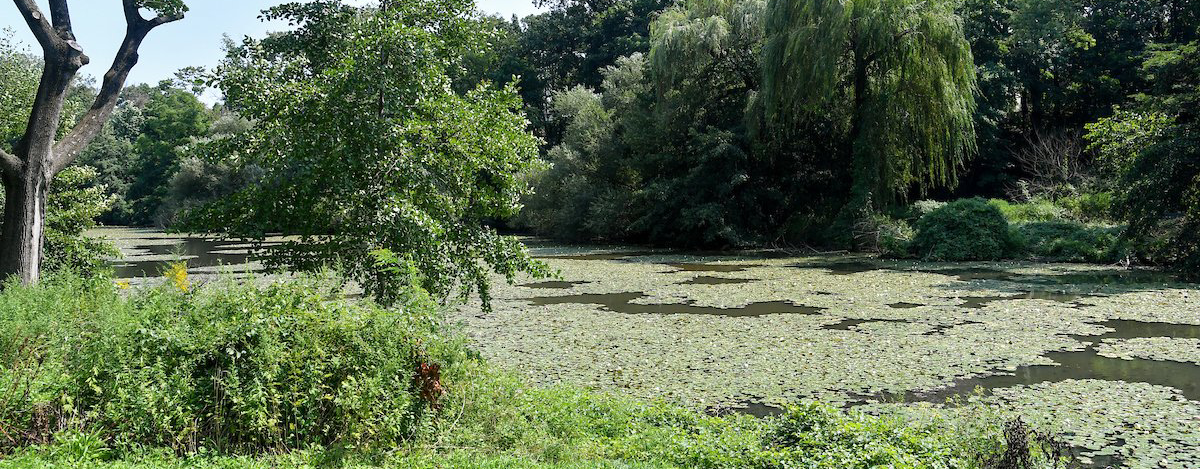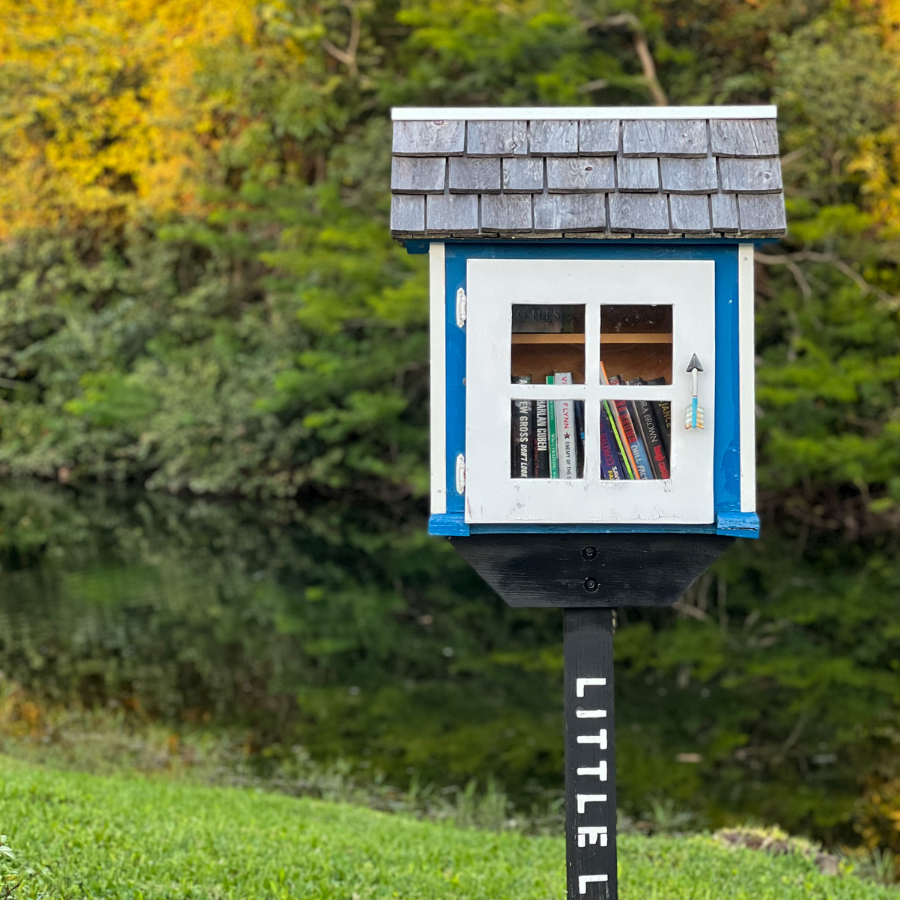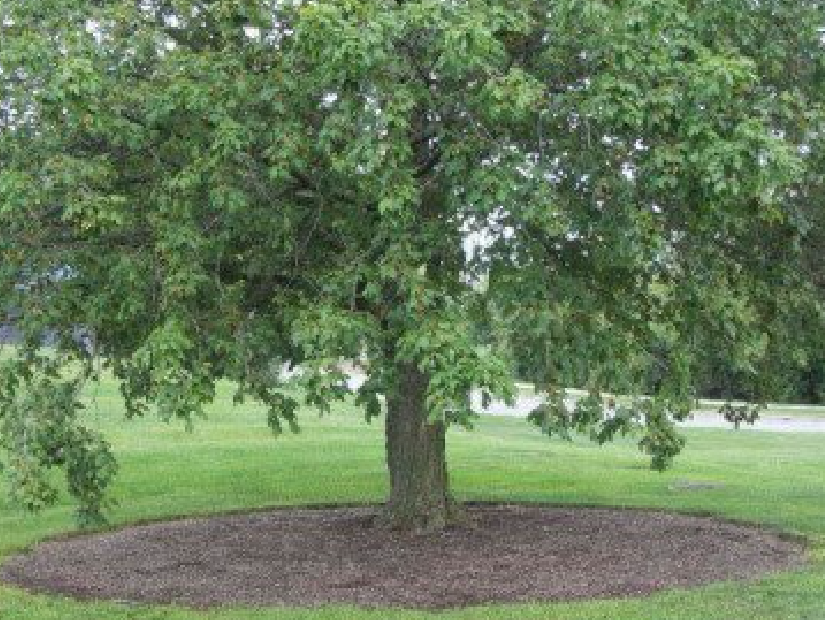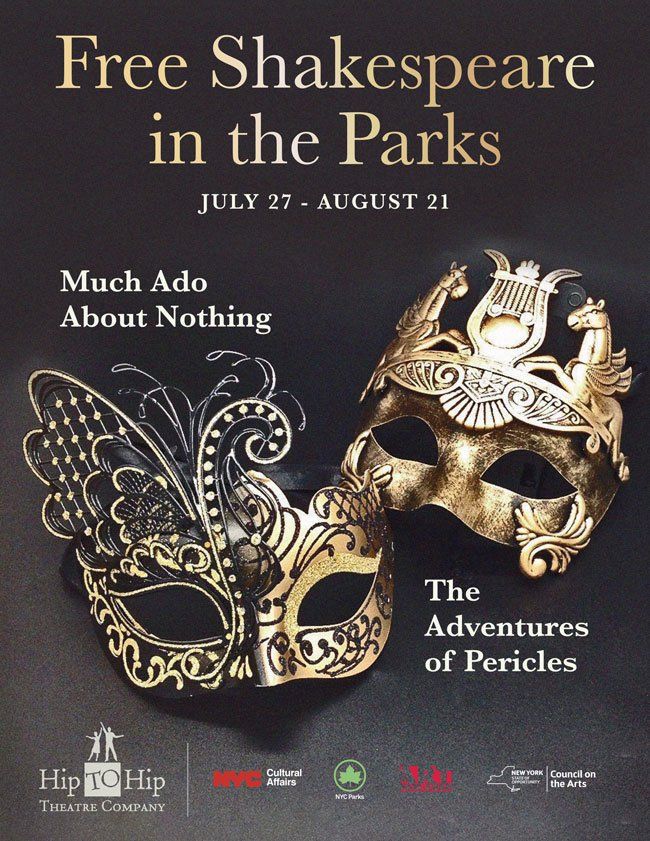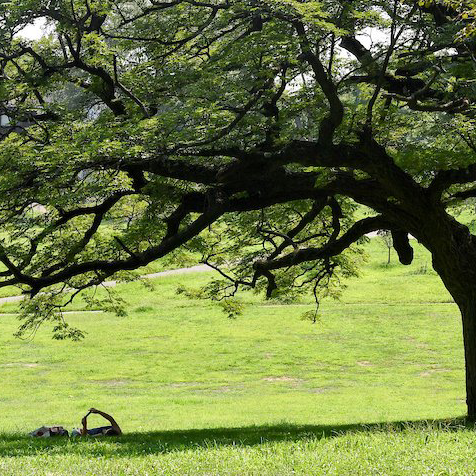Parks Don't Just Happen (Part II)
Learning from Our Park's History
This series continues as our national parks and necessary environmental laws are being systematically, yet chaotically, dismantled. Parks don't just happen - they require us (the people!) to work with one another and elected officials/civil servants to protect, grow, and develop this critical public good.
This second entry looks at how park stewardship helps create communities. Civic engagement and social capital help elected officials and civil servants protect parks. This series 'Parks Don't Just Happen' continues to use Friends' Park Archive to further advocate for parks!
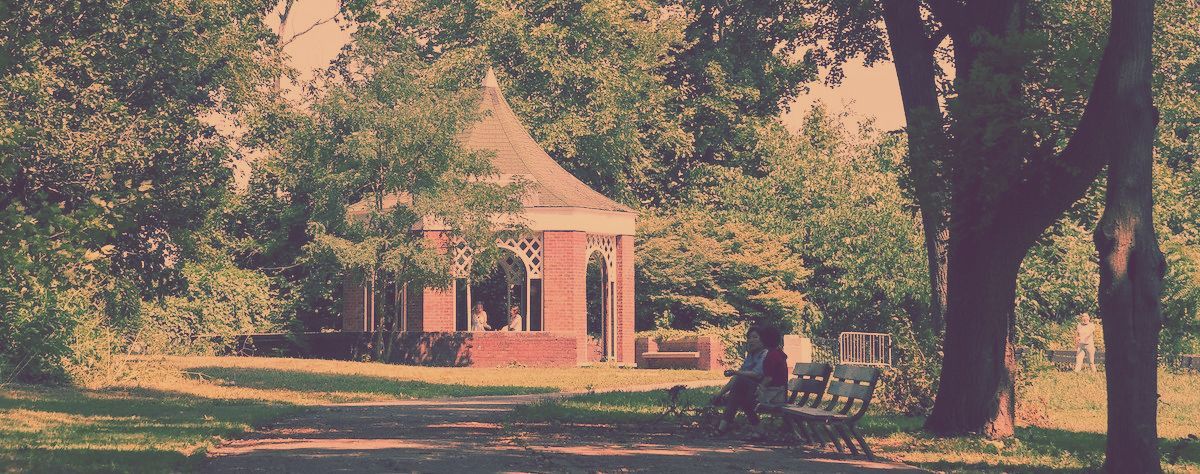
The history of Crocheron & John Golden Park is a wonderful demonstration of how parks give people a reason to engage in civic groups and reinforce social bonds. The parkland is part of our shared cultural heritage, creating a shared bond that connects community members to each other, our past, and the future. It is also a reminder that parks are a place for all people - and it is our responsibility to be good stewards.
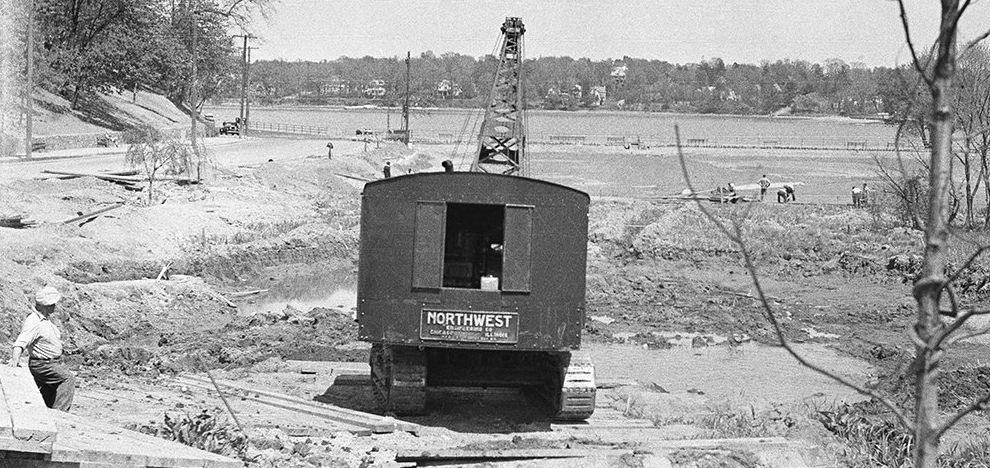
1934 - April 2nd - Photograph of workers dredging Crocheron Lake. NYC Parks.
Advocacy for Public Parks by Local Stewards
At their best, governments support democratic institutions which ensure that all people have access to free and fair elections, ways to voice their opinion at 'town halls,' and are able to access independent journalism. Thomas Hobbes, a key figure in modern political philosophy, believed that the government itself as a public good. The elected officials and civil servants' oversight of public goods, laws and maintaining order. Governments help to ensure ways for people to communicate and connect with one another to steward public goods, like parks.
As we all know, getting the attention of government officials can take a lot of work or networking to get your case heard. The first Parks Don't Just Happen series looked at the people's input into the creation of the Crocheron & Joh Golden Park. We are jumping ahead to the 1970s to look at Bayside residents' stewardship of the parkland. Along with Glenn Heller, whose tenacious work to clean up the pond lead to its dredging and rehabilitation in 1972, other people have worked to steward the parkland.
Civic Engagement and Social Capital
Stewardship of parks, especially Crocheron & John Golden Park, we see the collection community action and voice to protect parks and open spaces. Community advocacy for budget cuts, advocacy for environmental cleanups, or infrastructure repair. An example of this in action are recent developments for the park, including generous funding for the gazebos and playground from Councilwoman Paladino, with additional support from Queens Borough President Richards.
Social capital is the thing that helps promote this civic engagement. Robert Putnam's research explores the trend in American towards individualism and how it is eroding the social capital which connects one another (Robert Putnam, 2000). Anyone that has been to one of our park events knows that Friends is much more than just a cleanup group, we look to find ways to connect people to with one another, engaging events, while advocating for our beautiful parkland.
What is Social Capital?
Social capital is defined as the various networks of relationships between and among people who live or work in a particular society, it enables society to function effectively.Robert Putnam an American political scientist whose extensive work exemplifies the important connection between political systems, institutions, and various behaviors that we undertake in society (2000). Putnam includes this social capital overview on his webpage, to inform the reader about social capital's important feature being networks that connect people to one another.
Social capital not only creates positive feelings through connections with people, but also specific benefits such as "a wide variety of quite specific benefits that flow from the trust, reciprocity, information, and cooperation associated with social networks. Social capital creates value for the people who are connected and – at least sometimes – for bystanders as well." Meaning that the value that social capital creates not only benefits those who are connected but can extend to helping bystanders too. The multiple channels which social capital works through includes the flow of information, norms of reciprocity, collective action, along with broader identities and solidarity.
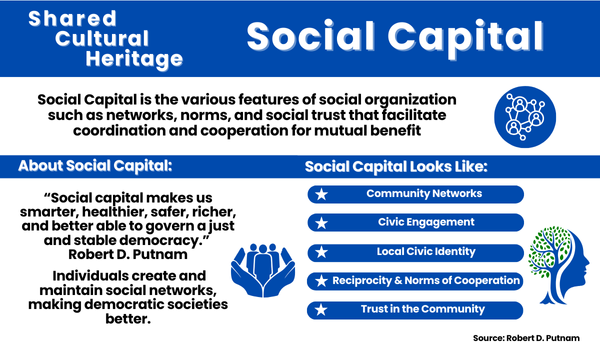
Civic Engagement and Environmental Groups

1972 - Restoring Crocheron Pond. Long Island Daily Press. Queens Public Library.
Civic groups focused on environmental stewardship show how social capital directly benefits our parks. By coming together for a common cause, these groups both improve our parks and strengthen the community networks that support them.
Like many parks, Crocheron & John Golden Park have thrived due to community engagement - and these efforts also strengthened the social networks and social capital within the community.It has been found that civic groups for environmental purposes are highly engaged while participation in other groups has fallen. It has been shown that the combination of working towards a collective goal, opportunity to lead events, and effecting real change (Maryland Sea Grant Reprint, 2011). In addition, a recent publication from the Trust for the Public Land (TPL) describes the unique ability for public green spaces to unify people (Trust for Public Land, 2024).
According to Urban Land Institute, "Parks are hubs that bring people together - not only by attracting residents and visitors, but also by drawing community members to participate in park programs or to volunteer their time" (2005). The unique place where parks fit into the community creates an opportunity for programs to bring people together.
Glenn's campaign for the pond clean-up began in the 1970s, but even back to the 1960s, the neighborhood was demanding the City repair to the deplorable conditions. Groups like the Little League and other sports teams joined the call for safeguards, like traffic control and lighting. While this article did not mention the pond, one can imagine its condition.

1960 - July 16th - Clean-Up Demanded in Bayside's Crocheron Park
Glenn's work caught the attention of numerous newspapers and magazines, even featured in Life Magazine. His work and coordination with City Agencies and locals allowed him to achieve the awesome feat of cleaning up the pond. I’m a bit envious that he faced fewer permit hurdles than we would today as we work on a similar project post-Ida!!
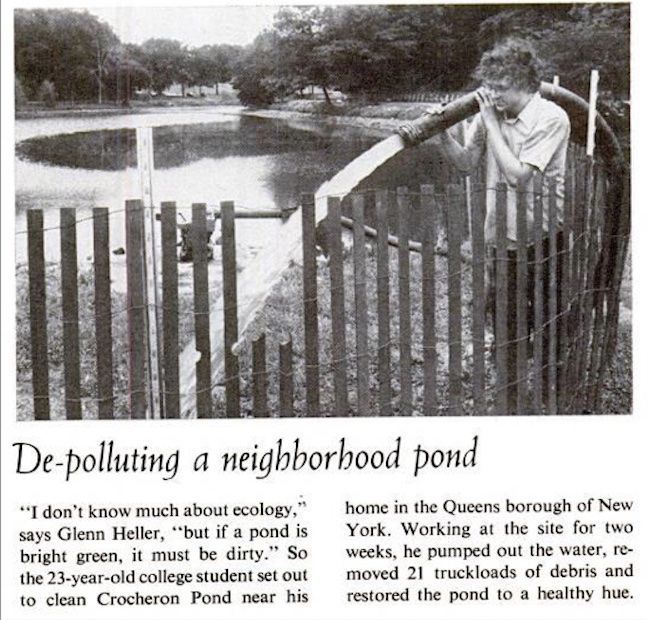
1972 - De-polluting a neighborhood pond. Life Magazine.
At just 23 years old, Glenn, a college student who lived at 31-21 214th place, worked through red tape and bureaucratic hurdles to clean out the pond. One can assume the college student wanted to do this as a summer project, but it seems like the red tape caused him to miss the start of the semester, we do hope that his professors were understanding! Ready to take on the project himself, he found help in neighborhood kids, from 9- to 16 years old, who worked with to clean up the pond. Even the FDNY came out to support, providing their hose and access to hydrants to refill the pond. A true community effort all around!

1972 - September 19th. Student's Reflections on Lake Make It Sparkle Again. Daily News. Queens Public Library.
Finally, in 1973, major repairs began in the park, thanks to a federal grant matched by city funds. The biggest part of the project is "will be the draining of six-foot-deep Goldfish Pond so that its earth retaining wall can be reinforced by interlocking stones called rip-rap." The article goes on to start that the ducks who call the 400x175 foot pond home will be relocated. One can assume that the drainage from the previous year showed Parks Department some issues that needed repair.

1973 - September 17th, Crocheron Park improvements may finally get started. Long Island Press. Queens Public Library Archive.

1975 - March 3rd. Somebody Should Clean Up Mess, Why Not Me?' by Glenn Heller - Press and Sun-Bulletin.
Final Thoughts
Parks don't just happen - there are heaps of people that put in work and network to make improvements we enjoy today. This is done by connecting with one another and demanding that public parks are invested in. Parks are not just places to play and relax, but they are also places for civic engagement. In fact, the photo below from the 2000 yearbook for PS41 shows the school children walking to support March for Dimes in Crocheron Park, when I still had blonde hair.
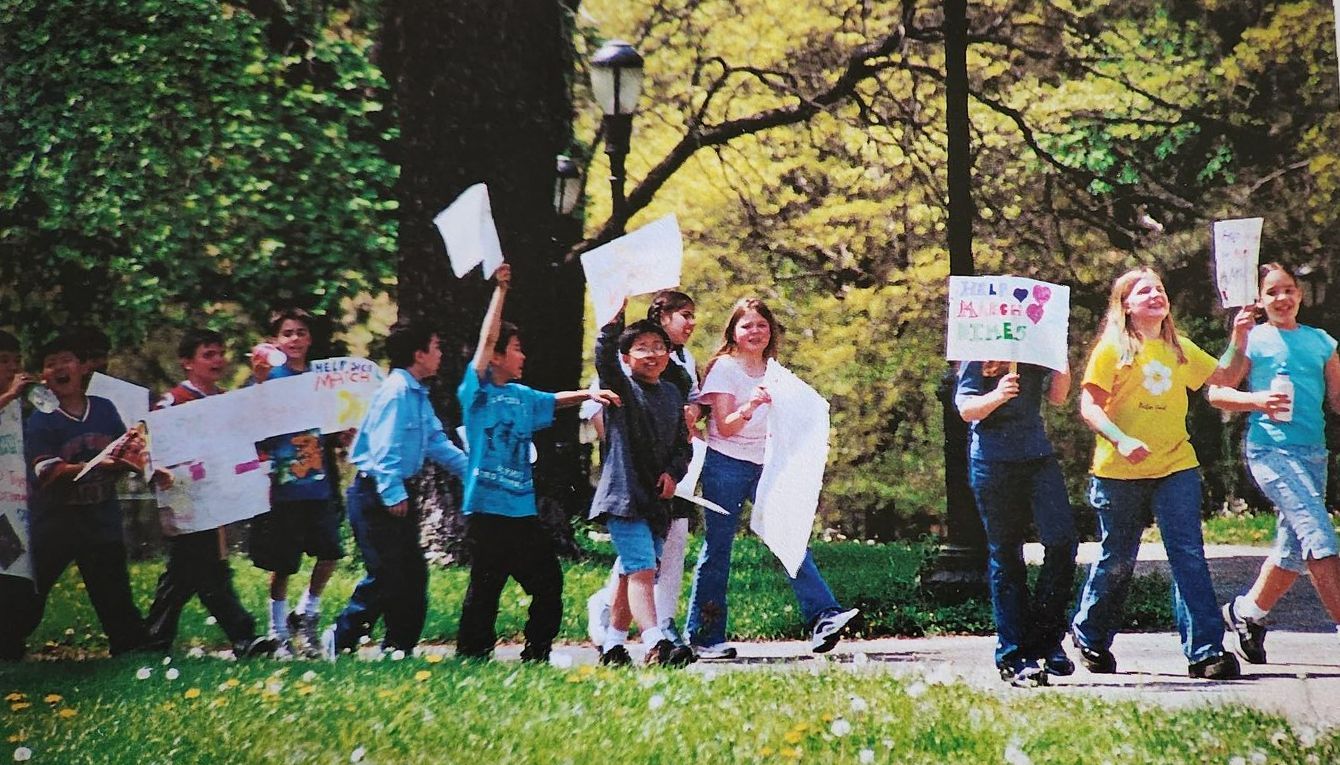
2000 - The March of Dimes event with PS41. PS41 Yearbook, Class of 2000.
Trust for Public Land's report states that 91 out of 100 parks in cities provide places for civic engagement, like protests or voter registration. "These efforts engage people as citizens and thereby revive the democratic ideal of the public square." They go on to preach what Friends of Crocheron has been practicing, seeing parks as a neutral zone that can help repair the "frayed social fabric" by creating opportunities to bring people together over our shared ownership of NYC Parks (Trust for Public Land, 2024). As we live in an area that is a mix of people, Friends is proud to continue our work using this beautiful place to bring us together.
For more on building social capital, please see the Aspen Institute 2006 Toolkit.
Jessica Burke – Founding President, Friends of Crocheron & John Golden Park
A Bayside resident since 1989, Jessica Burke attended PS 41, where she developed an early interest in environmental sciences. She was especially influenced by Mrs. Cilmi, whose demonstration—carefully slicing an apple to illustrate the fragility and scarcity of Earth’s resources—left a lasting impression.
In the summer of 2020, Jessica founded Friends of Crocheron & John Golden Park to help clean up and restore this local treasure. She also created a historical archive to connect the community through their shared cultural heritage.
Since then, Jessica has used the organization as a platform to advocate for increased city funding for parks while opposing the allocation of public funds to private organizations that manage parklands without the same transparency required of NYC Parks. She has provided testimony before the City Council in support of these efforts. Jessica holds an M.A. from John Jay College of Criminal Justice and is the author of When the Well Runs Dry: Ethics and the Privatization of Water, a work that deepened her commitment to preserving public resources—including her local park.
